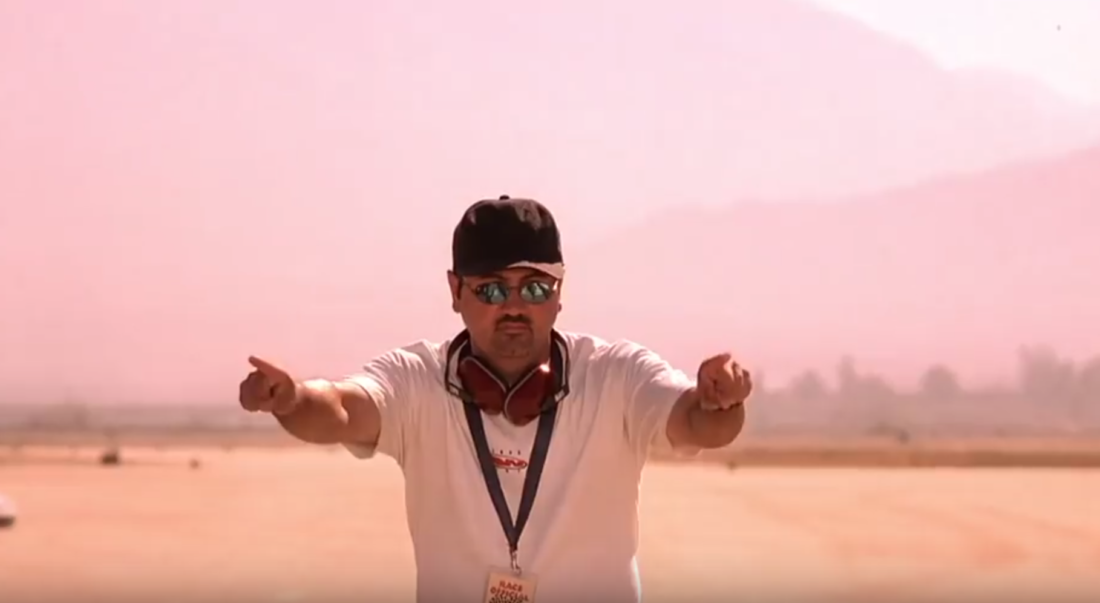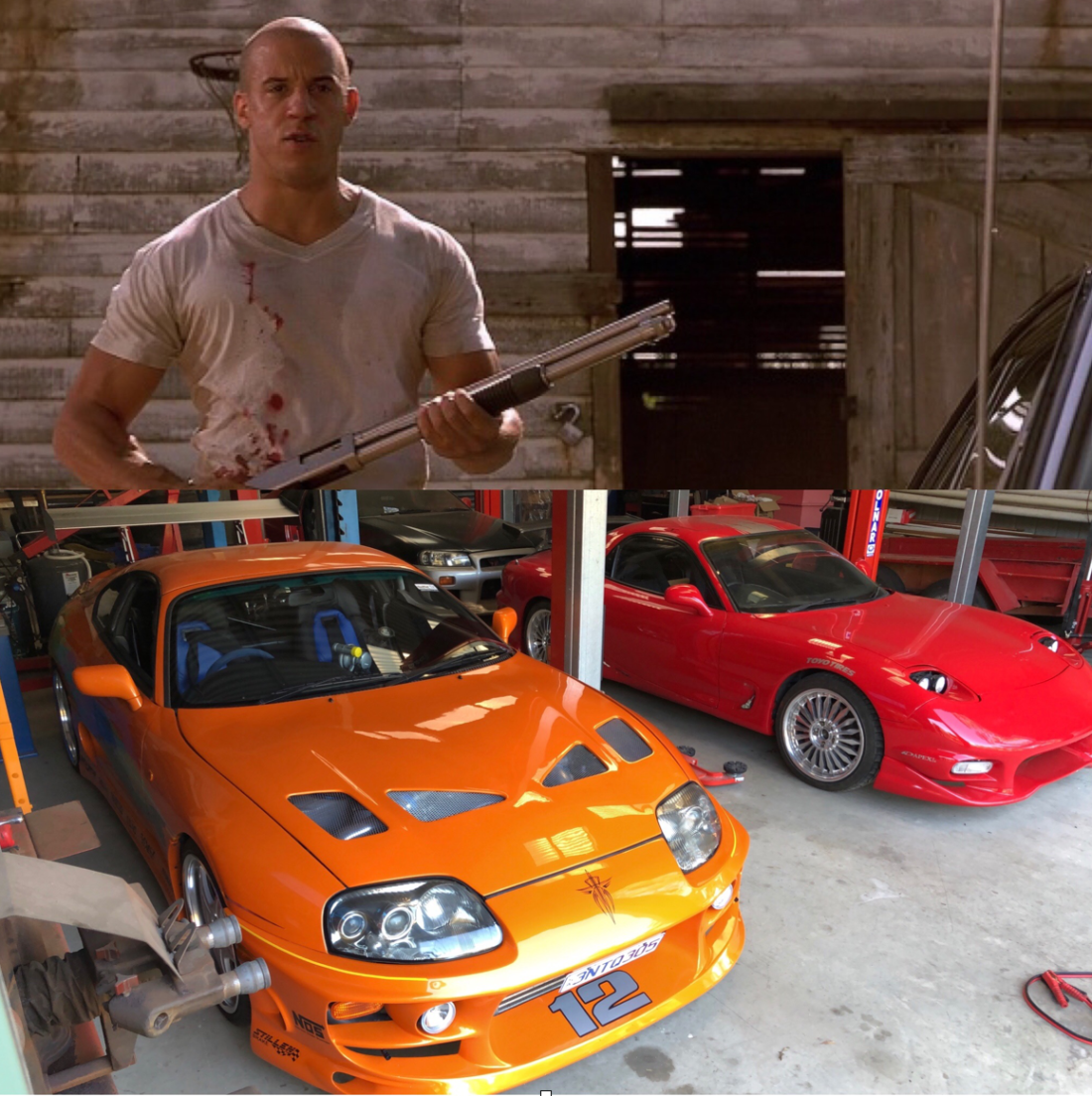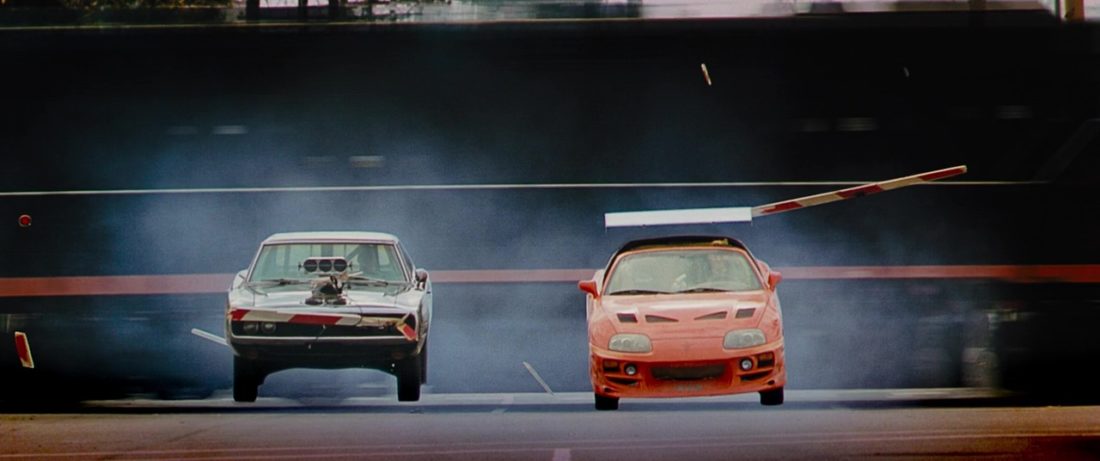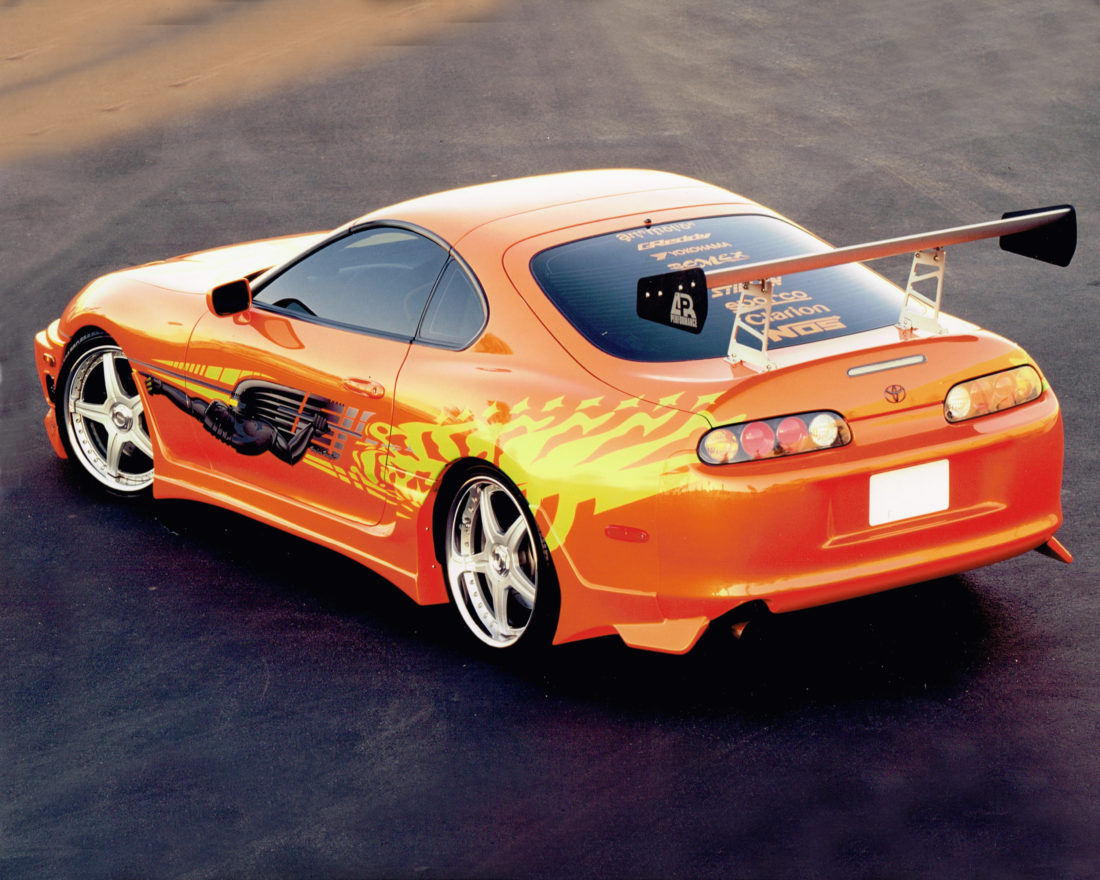Why Street Racing Isn’t Coming Back to Fast and Furious
I get comments and questions about ten times a day on my Instagram about this: why isn't street racing coming back to the franchise? In the simplest of terms, street racing movies don't make money – action films make money. Let's look at the box office history of the Fast and Furious movies as of late 2018: #1. Furious 7 (2015) Production Budget: $190,000,000 Domestic box Office: $351,032,910 WorldWide box Office: $1,526,748,684 #2. The Fate of the Furious (8) (2017) Production Budget: $250,000,000 Domestic box Office: $225,767,765 WorldWide box Office: $1,237,444,462 #3. Fast & Furious 6 Production Budget: $160,000,000 Domestic box Office: $238,679,850 WorldWide box Office: $789,300,444 #4. Fast Five (2011) Production Budget: $125,000,000 Domestic box Office: $209,837,675 WorldWide box Office: $629,969,804 #5. Fast and Furious (2009) Production Budget: $85,000,000 Domestic box Office: $155,064,265 WorldWide box Office: $363,064,265 #6. 2 Fast 2 Furious (2003) Production Budget: $76,000,000 Domestic box Office: $127,120,058 WorldWide box Office: $237,410,607 #7. The Fast and The Furious (2001) Production Budget: $38,000,000 Domestic box Office: $144,512,310 WorldWide box Office: $206,512,310 #8. The Fast and The Furious: Tokyo Drift (2006) Production Budget: $85,000,000 Domestic box Office: $62,615,510 WorldWide box Office: $157,794,205 Notice that the movies that focus on street racing rank dead last on this list. Proof positive that although we car fans like those movies more, audiences both in the U.S. and globally want to see action movies. The bigger
Hero 3: World’s “Best Fast and Furious Supra Replica”
Best Fast and Furious Supra Replica In The World Have you ever wondered what happened to Brian's (Paul Walker's) orange Supra? Well, It was sold by Craig Lieberman and shipped out of America years ago. Since then, many replicas of this famous Supra have been built by fans all over the world. Some of them are close to the real thing, others are really better described as "tribute" cars. There's a place for both in society, but I wanted mine to stand out. I knew it would be an expensive and complex undertaking. In 2015 or so, a screen-used stunt Supra fetched $185,000 USD. That's a hefty some for a stunt car that Paul never even touched, but that car cannot be confused with Craig Lieberman's original Supra which served as the "Hero 1" car (aka "1st Unit Principle") Hero1 is the primary, completely finished and accessorized movie car used by Paul Walker. All of the detail shots and beauty shots of the Supra in the movie are done using the Hero 1 car. While it would be great to have the original car on American soil, that car now resides in The Netherlands and has been there since 2003. It's not likely
The Fast Life
How to build a Fast and Furious car. Step 1: Choose Your Favorite The first step is to buy the car. Which car depends on your budget. Iconic Japanese cars like the GTR, Supra, Rx7, NSX and S2000’s are the best choices, but they're expensive. That alone is typically a barrier to entry for some people. These cars are appreciating in value rapidly but they're a good investment if you can get past the initial purchase price. Alternatively the Integras, Civics, Mitsubishi Evos, Eclipses, Skyline GTS/GTTs, or S14-S15 or even 240SXs are options. These are more reasonably priced and don’t require out laying your entire budget to just to get into one.The lower initial price is a big reason why there are so many replicas using these platforms, as most people don't have the money to build a true replica. Even if you have opted for the reasonably price car doesn’t mean it’s going to be a cheap build. Step 2: Scour the World for Parts Two of the most critical components in the build are two of the most expensive: the wheels and the wing. Just finding these parts will take weeks, months or years – you won't find these parts in any store, anywhere
So, You Want to Build a Movie Replica Car
Before you go out and build a movie replica car, you should know what you're getting yourself into. For decades movies, have featured vehicles that define the movie, a culture, or even a generation. In some movies, the vehicle itself could be the star of the show. With the continuing rise in the popularity of custom vehicles, the interest in the replica community has also increased dramatically. Today, more fans than ever from around the world are trying to recreate these vehicles. With the power of the world wide web, you'd think it'd be easy. Some of the most popular movie replicas would be the VW bug from Herbie the Love Bug, the 68 and 69 Dodge Charger from the Dukes of Hazard TV show, the AMC DeLorean from Back to the Future, an '82 Pontiac Firebird used for KITT in Knight Rider, and several of the cars from the Fast and Furious franchise. Don't Expect To Make a Profit Know that to build a movie replica car is a rewarding experience, but you should expect to run into walls constantly. Part of the experience is figuring out how to get over that wall. Another important consideration: be ready to spend money – lots
What is a “Hero” Car?
You'll see this term mentioned online, on this website and in my book. When we're referring to a "Hero" car, what we mean is that it's the prettiest and most complete version of a car we use in a movie whenever we have to build clones (or replicas) as backup cars. I'll explain further. In every movie where you see cars being use, chances are that there are multiples of any one car. For example: In The Fast and The Furious, Universal would need multiple cars because we'd be shooting stunt scenes as well as primary scenes. In any case where stunts will be done, a movie studio will have multiple stunt cars depending on how much footage is needed of any given car action sequence. For Tokyo Drift, there were 10 Mustangs built. They needed so many because on any given night, they could have fender benders multiple times in mulitple cars. For every movie, there are basically two production teams – 1st Unit & 2nd Unit. 1st unit handles most of the footage involving the actors. 2nd unit handles the stunts. It's not uncommon for 1st and 2nd Unit to have a need for the same car, at the same time but
My Movie Cars
I get this question almost daily, despite the fact that this information has been public for more than 18 years. I have to remember that a lot of people have only recently become fans of the Fast & Furious franchise and my efforts on Instagram might have just become known to them. For those who don't know, I owned the following cars that were used in the first two movies: Brian's orange 1994 Toyota Supra Vince's blue 1999 Nissan Maxima SE Brian's silver 1999 Nissan Skyline GT-R All of these cars were owned by me personally before the movie. Universal rented each of the cars from me to use as "Hero" cars, then changed things like the graphics, body kit pieces and/or wheels, to suit their preferences. We built four (or more) replicas of all the Hero cars for use in stunts and as backup cars for use during production. The cars were then returned to me after film production wrapped and I was free to do with them what I wanted. BRIAN'S ORANGE SUPRA In the case of the Supra, I left it as-is (more or less), then sold it about 18 months later. By this time I had changed the seats, updated the
How I Got Started
I’m often asked how I got involved with the franchise. I’d like to say that I had been working towards a goal of landing a career in the motion picture industry, or that I knew somebody who got me that big break, but none of that would be true. In the simplest of terms, my involvement came from blind, dumb, luck. In fact, other than briefly majoring in Film and Television in college, I had long since given up on that dream of even being in show business. It’s probably no surprise to anyone that I’ve been a passionate car guy from a very early age. Like many teens of the era, by bedroom wall was adorned with pictures of Porsches and Lamborghinis. Never in my wildest dreams could I imagine that I would someday own cars like the ones that distracted me from my studies. I had been bitten by the bug. By 1997, I was a die-hard American car guy. I was all about the big V8s and forced induction was a dream that my pocketbook couldn’t really afford. That all changed one day in 1998 when I lined up against a stock-looking, 1995 Toyota Supra. The Supra left me like







